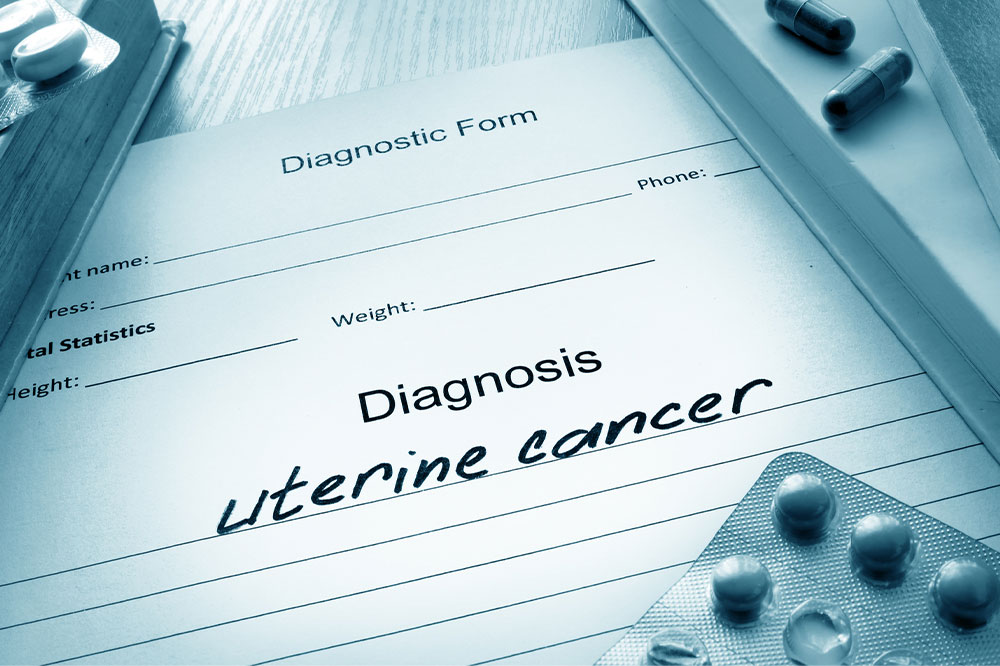Causes and symptoms of uterine cancer

Uterine cancer, or uterus cancer, is the term used to describe cancer that develops in the uterus. This condition is classified into two broad types – endometrial cancer, i.e., cancer of the endometrium or the inner lining of the uterus, and uterine sarcoma, i.e., cancer of the myometrium or the uterus’ muscular wall. Endometrial cancer is the more prevalent type of uterine cancer. This article describes uterine cancer, its causes, symptoms, and interventions.
Causes and risk factors
Genetic predisposition: Individuals with family histories of Lynch syndrome, also known as hereditary non-polyposis colorectal cancer (HNPCC), are more at risk of developing uterine cancer. Moreover, Lynch syndrome often occurs as a comorbidity with uterine cancer. About 2% to 5% of women with uterine cancer are also diagnosed with Lynch syndrome. Genetic predisposition to colon cancer can also contribute to the prevalence of uterine cancer.
Age: Uterine cancer typically occurs among individuals over 50 years of age. The average age of diagnosis of the condition is 60 years. Thus, age acts as a major risk factor for the onset of uterine cancer.
High body mass index: Body mass index, or BMI, is expressed as one’s body mass divided by the square of one’s body height. High BMI scores can indicate excessive calories in the body. Individuals with high BMI are more susceptible to developing uterine cancer than those with lower BMI scores.
Symptoms of uterine cancer
Abnormal vaginal bleeding: Individuals with uterine cancer may experience abnormal vaginal bleeding between their menstrual cycles or after menopause.
Clear vaginal discharge post menopause: Clear or thin white vaginal discharge after menopause is one of the symptoms faced by women grappling with uterine cancer.
Pain and cramping in the lower abdomen: Another common symptom of uterine cancer is pain and cramping in the lower abdomen, situated just below the stomach.
Menorrhagia: Menorrhagia refers to abnormally heavy menstrual bleeding or continuous bleeding for prolonged periods. It is one of the symptoms of uterine cancer and should not be ignored.
Some of the tests used to diagnose uterine cancer are pelvic examination, MRI, CT scan, transvaginal ultrasound, and dilation and curettage (D&C). Besides chemotherapy and surgical procedures, certain oral treatment options may also be prescribed.




